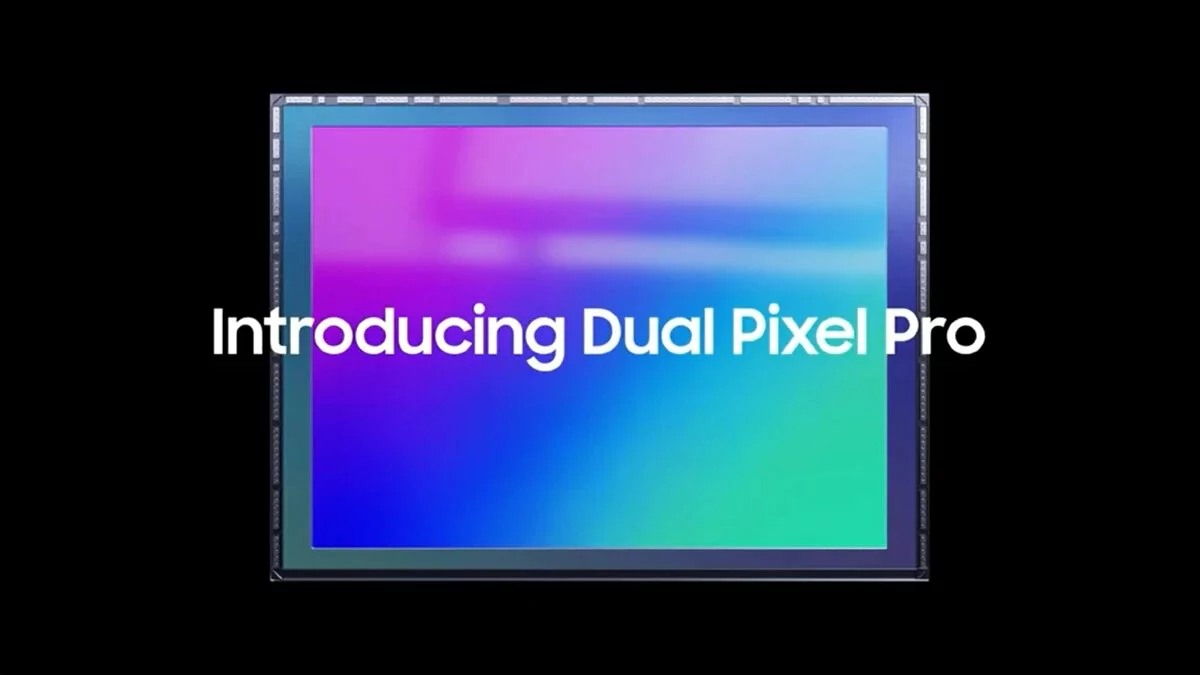Samsung’s New 50-Megapixel Camera Sensor Features Staggered HDR Tech
Samsung has introduced the new 50-megapixel ISOCELL GN2 sensor with large 1.4-micrometer (micron or μm) sized pixels. This sensor succeeds the ISOCELL GN1 sensor seen on many smartphones, and integrates a new Dual Pixel Pro technology. This technology utilises 100-million phase-detecting photodiodes that perceive phases both vertically and horizontally for faster and more accurate auto-focusing. It also supports staggered HDR for better detail and low power consumption. Samsung says the new staggered HDR feature has reduced energy consumption by up to 24 percent.
The South Korean electronics giant says that the ISOCELL GN2 sensor is currently in mass production and there are no exact launch plans announced, or which phone will integrate it first. The new ISOCELL GN2 sensor from Samsung has a 50-megapixel image sensor and comes with Smart ISO Pro to offer better results in low light conditions. The 1/1.12-inch ISOCELL GN2 sensor can simulate a larger 2.8-micron pixel with four pixel-binning technology to absorb more light in low-light conditions. The sensor also offers an option to take pictures in 100-megapixel resolutions. The 100-megapixel mode rearranges the colour pixels using an intelligent re-mosaic algorithm, creating three individual layers of 50-megapixel frames in green, red and blue. These frames are then up-scaled and merged to produce a single ultra-high 100-megapixel resolution photograph.
Dual Pixel Pro technology on the Samsung ISOCELL GN2 sensor offers accurate and fast auto-focusing, Samsung claims, adding that it is the company’s most advanced phase-detection auto-focus solution yet. It offers all-direction focusing by splitting the pixels not only vertically, as with Dual Pixel, but also diagonally. Dual Pixel Pro enables improved low-light focusing and tracking of moving objects as well, as every pixel of the sensor works as focusing agents. Additionally, there is a new staggered HDR feature integrated that uses rolling shutters over the same pixel arrays to capture multiple frames in short, middle, and long exposures. By maximising the dynamic range, staggered-HDR is able to offer rich detail and vivid colour in highlights and dark shadows within the scene, the company claims. Samsung says staggered HDR is able to reduce the energy consumption of a sensor by up to 24 percent when compared to the predecessor’s real-time HDR mode.
Samsung’s new ISOCELL GN2 sensor also has Smart ISO and Smart ISO Pro support to elevate light sensitive photos. For instance, in extreme low-light, Smart ISO Pro quickly takes and processes multiple frames in high ISO, raising the light sensitivity close to one-million ISOs. The GN2 supports full-HD videos at 480 fps or 4K at 120fps.
Is Samsung Galaxy S21+ the perfect flagship for most Indians? We discussed this on Orbital, our weekly technology podcast, which you can subscribe to via Apple Podcasts, Google Podcasts, or RSS, download the episode, or just hit the play button below.

